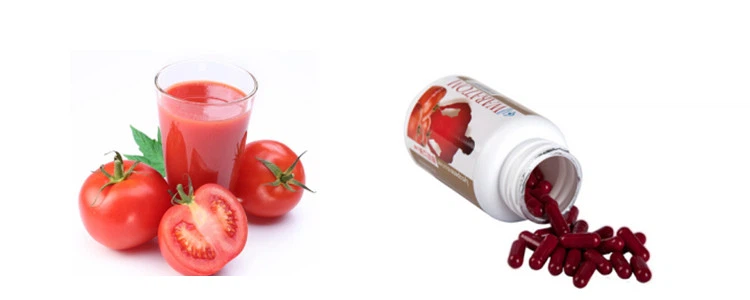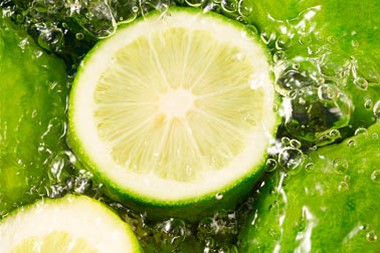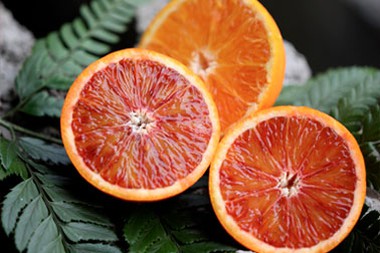About Lycopene?
The plant distribution of lycopene is mainly distributed in tomatoes, watermelons, red grape sleeve fruits, and red-brown oil, while the content of other vegetables and fruits is relatively low. Among them, the content of lycopene in tomatoes is the highest, which varies with variety and maturity. The higher the maturity, the more lycopene content.
Mammals cannot synthesize lycopene on their own and must obtain it from fruits. The absorption of lycopene is affected by many factors. Among them, the protein carotene complex in food, a large amount of soluble dietary fiber such as gum, conjugated cholesterol and resin, iron, zinc, and protein deficiency, as well as intestinal diseases, allergic reactions, or parasites may interfere with the absorption of lycopene.

Physical and chemical properties
Lycopene, an unsaturated olefin compound, is the main pigment in mature tomatoes and one of the common carotenoids. Lycopene does not have β- Carotenoid β- It has a ring structure, so it cannot be converted into vitamin A in the body, and does not belong to provitamin A. The molecular formula is C40H56, and there are many cis-trans isomers. Lycopene is a fat-soluble substance, which is insoluble in water, methanol, and ethanol, soluble in ether, petroleum ether, hexane, and acetone, and soluble in chloroform, carbon disulfide, benzene, and other organic solvents. Lycopene has 11 conjugated double bonds and 2 nonconjugated double bonds in its molecule, so its stability is very poor, and it is prone to cis-trans isomerization and oxidative degradation. The factors affecting the stability of lycopene include oxygen, light, heat, acid, metal ions, oxidants, and antioxidants.
The benefits of lycopene on skin
1. Prevention of UV damage: Lycopene has a conjugated structure that absorbs UV rays, and can eliminate the free radicals induced by UV rays, reducing the possibility of skin sunburn. It is the most consumed antioxidant under UV radiation. The research shows that compared with the skin not exposed to UV radiation, the content of lycopene in the skin exposed to UV radiation is reduced by 31%~46%, and the content of other ingredients is almost unchanged. If you are often exposed to the sun, it is a good choice to supplement lycopene every day
2. Delaying skin aging: Lycopene can eliminate singlet oxygen, prevent UV damage, and inhibit the activation of the mTOR/AMPK cascade (the main metabolic pathway related to aging), thus effectively delaying skin aging.
3. Dilute pigmentation: lycopene can reduce UV damage and effectively improve pigmentation problems such as age spots.
4. Improve skin roughness: An experiment on 20 women aged 40-50 years showed that high levels of lycopene were beneficial in reducing skin roughness.
How to supplement lycopene
With regard to the intake of nutrients, priority should be given to getting them from food. When food cannot meet the body's needs, appropriate nutritional supplements should be taken.
Lycopene is exactly the kind of nutrient that is difficult to obtain fully from food. The daily intake of 35-75mg can cover the body's needs, but even the tomato with the highest lycopene content has only 3-14mg lycopene per 100g, and at least 1-2 kg of lycopene per day.
Therefore, we need to seek the help of nutritional supplements on the basis of diet.
Eat foods rich in lycopene:
1. Tomato: 3-14mg/100g
2. Red heart guava: 5.4mg/100g
3. Watermelon: 2.3-7.2mg/100g
4. Papaya: 2-5.3mg/100g
5. Red grapefruit: 3.36mg/100g
Choose efficient lycopene products:
1. See the amount of lycopene added: generally 10-40mg,
2. Look at the configuration: choose cis lycopene to be better absorbed,
3. Technology: lycopene using microemulsion technology/nanoencapsulation technology has higher utilization.



